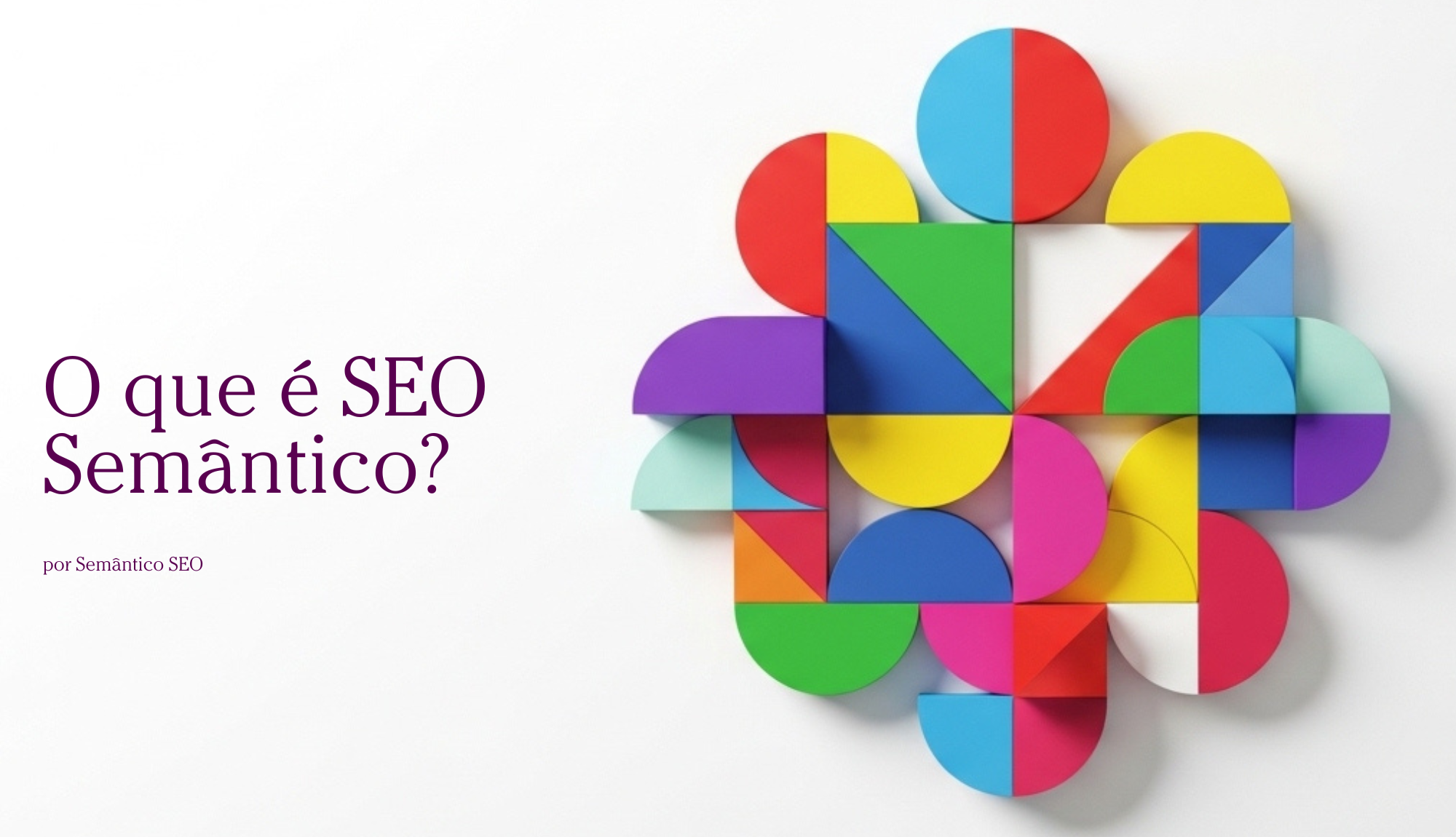About SEO, Semantic SEO, and SEO professionals.
SEO has been changing, dying, and being reborn since its inception, and the term SEO ( Search Engine Optimization) is constantly subject to modifications. It has been the target of so many rewrites that they wouldn't all fit here, but its true depth and scope often remain shrouded in limited conceptions.
Far from being a static or merely technical discipline, SEO, in its most authentic conception, resides in the art and science of optimizing information for search , and here lies a crucial distinction. If a tool, platform, or website has a search functionality, it qualifies as a search tool, regardless of how it delivers the answer: whether retrieving or generating the information. Optimizing or creating content , be it information, data , or any other form of representation, for any of these types of tools, remains, in its essence, SEO. There is, therefore, no intrinsic need for the proliferation of new acronyms that merely rename the same core activity.
This article proposes a deeper dive into the nature of search and SEO, demystifying misconceptions and highlighting the importance of a understanding of the informational process. In a world where information is both an asset and a challenge, understanding how people search and how machines process that search is more than indispensable.
Search Engine Optimization
SEO stands for Search Engine Optimization; did you realize that a new acronym would emerge from this?
If a tool, platform, or website has a search function, it is a Search Tool, as I've already said. Regardless of how it delivers the answer, whether by retrieving or generating the information.
The central premise is clear: any system that allows users to find what they are looking for through a query is a search tool. This ranges from ubiquitous search engines like Google and Bing to internal e-commerce platforms, corporate databases, virtual assistants, or new AI agents such as ChatGPT, Gemini, or Claude.
Optimization for these tools, therefore, is not limited to a set of techniques for ranking on Google, but rather to a comprehensive process for making information accessible and relevant in any search context.
Historically, SEO has been associated with search engine optimization, such as for Google, with a primary focus on keywords. However, the evolution of these engines, driven by advances in artificial intelligence and natural language processing, has substantially altered the landscape. You already know that search algorithms were created to try to understand the intent behind a user's query. This means that optimization transcends the mere inclusion of specific terms, requiring a deep understanding of the context and the information need that triggered the user's search. This is independent of the platform and will not change over time.
Semantic SEO is a strategy
One point of separation, and often a source of misunderstanding, lies in the interpretation of " Semantic SEO ." It is crucial to emphasize that Semantic SEO not a new type of SEO. Rather, it represents a distinct strategy within the field of SEO.
The primary distinction here is that Semantic SEO cannot, in its essence, dispense with the use of keywords. This notion is a fallacy. Words are, in fact, representatives of concepts, ideas, people, places, and an endless number of other entities . However, they, by themselves, do not carry intrinsic meaning. It is the meaning, the semantic richness that permeates the relationship between words and the concepts they represent, that makes Semantic SEO truly "semantic".
Semantics, the study of meaning, is at the heart of this approach. It's not just about which words are used, but how those words connect to concepts and entities, forming a web of meanings that search algorithms can interpret. Semantic optimization involves creating content that demonstrates a deep understanding of the domain of knowledge to which it refers. I have been using vocabularies , taxonomies, and ontologies to structure this information in a way that is intelligible to machines, within what I call the Semantic Workflow.
A clear example of the application of semantics in search is the Google Knowledge Graph , a knowledge base that seeks to improve search results with semantic information, presenting interconnected data about entities. This illustrates that Google, and other search engines, have moved beyond word matching, seeking to understand relationships and context to provide more accurate and enriching answers.
In the current landscape of AI-driven search, early studies indicate that using a strategy called Semantic SEO yields significant and exciting results in content citation in response to user queries. The most current strategies for achieving presence in AI search engines are very similar to those of Semantic SEO .
The human need for information
Professionals who excel in SEO understand that their scope of work is broader than simply manipulating algorithms. They need to understand how a search happens, comprehending the process in its entirety.
This ranges from a deep understanding of 's need for information (and the complex psychological effects that this search can generate) to the intricate process of retrieving, or more recently, generating the information that the same person seeks.
These two ends of the process—the human need for information and the satisfaction of that need through the retrieval or generation of content—are unalterable. They are inherent to the human condition and to the way we interact with knowledge, or rather, the lack thereof. What actually transforms is the vast and dynamic "middle ground," that is, all the layers of technology, algorithms, platforms, and strategies that connect the need for information to its satisfaction.
In this "in-between" space, the complexity lies in the ability to build robust semantic bridges. This implies:
- Understanding the Search Need: It's important to understand what drives a person to search. Understanding the concept of the Information Gap is the first step. What does he really need to know? What problem is he trying to solve?
- Structuring Information: Information must be organized logically and coherently, using structures such as taxonomies and ontologies, so that both humans and machines can understand it. Faceted classification, for example, is an organizational scheme that allows the creation of semantic categories to facilitate the search and retrieval of information in large volumes of data.
- Creating quality content: High-quality content is not just well-written, but content that is relevant, informative, and capable of fully and accurately satisfying the user's informational needs. Identifying the main need is the first step.
- Continuous technical optimization: Technical aspects such as page load speed, responsiveness on mobile devices, and the correct implementation of structured data remain of paramount importance to ensure that content is accessible and understandable by algorithms.
The semantic view of SEO
My view, built on nearly two decades of work in this field, is that SEO is a strategy that needs to be aligned with business objectives first and foremost, and that it requires a multidisciplinary perspective. It's not just about search engineering, but also linguistics, information science , user psychology, and data analysis
Search engine optimization, from a semantic perspective, implies, among other things:
- Building Knowledge Graphs: developing knowledge representations that connect entities and concepts, allowing machines to understand the relationships between information.
- Disambiguation: resolving the polysemy and ambiguity of terms, ensuring that the intended meaning is the one interpreted by search engines. This is essential for information retrieval.
- Creating Controlled Vocabularies: developing thesauri and taxonomies to standardize terminology and facilitate organization and searching.
- User behavioral analysis: understanding how to generate information that resolves your users' potential doubts about your product or service, creating content focused on solving their informational problems, and then understanding how users interact with the information, measuring metrics such as time spent on the site and click-through rate, to improve the search experience.
I realized I should write this short article to position myself in this field, even though I had already done so sporadically. But I need to say that this is my particular view, which is based on almost two decades of experience working in this field; even so, it is my view.





Post comment